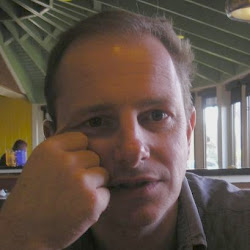After the Celts and the Anglo-Saxons were forced into Christianity, the sacrifice of animals was frowned upon and discouraged. What did carry on however was people’s adoption of skins and horns, yet one more diversion which bugged the early church fathers, even as far back as St Augustine’s time:
'If you ever hear anyone carrying out that most filthy practice of dressing up like a horse or stag, chastise him most severely,' he said.
This custom derives from sympathetic magic, which is a kind of intimate communication with the natural world, and appears to have carried on as an aspect of Celtic life. The very last surviving relic of Celtic horse magic is found in hill figures, however, long after people stopped adopting their skins and heads. Another surviving aspects are horse effigies, which are paraded through towns, sometimes known as an Oss. The oss is accompanied by a man with a club called a Teazer, and his name suggests he teases the horse under and about its body with his club.
Some of these rites, or part of them at least were assimilated into Christianity, and St George absorbed many of the qualities of then horse god, and horses were even sacrificed to him. And the Christian knights became riders of white steeds — as readily as other aspects were soaked up into Christianity — such as the brazen sun-disc and the festival of Christmas.
The horse as a pagan symbol was steadily unseated, and mounted by St George, St Margaret and St Michael, and the horse’s spectral association with both the apocalypse and the underworld — at least to Christians — was forgotten.
